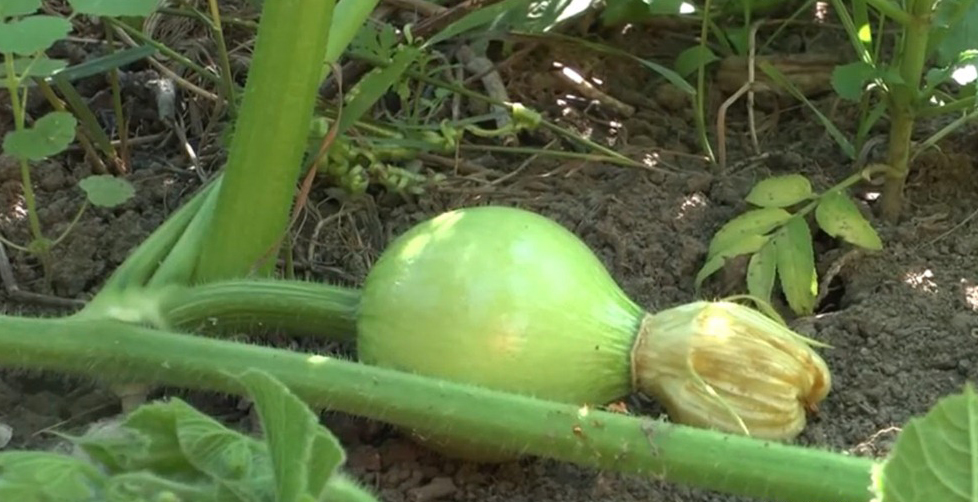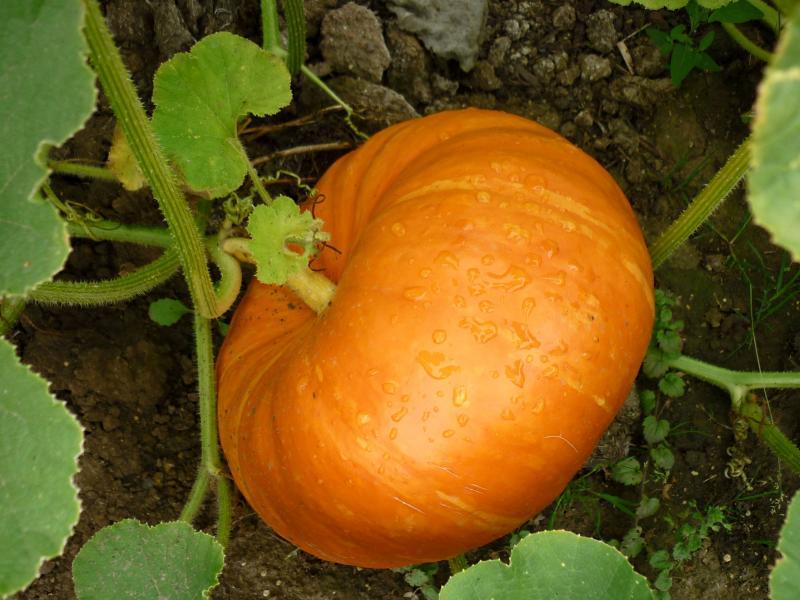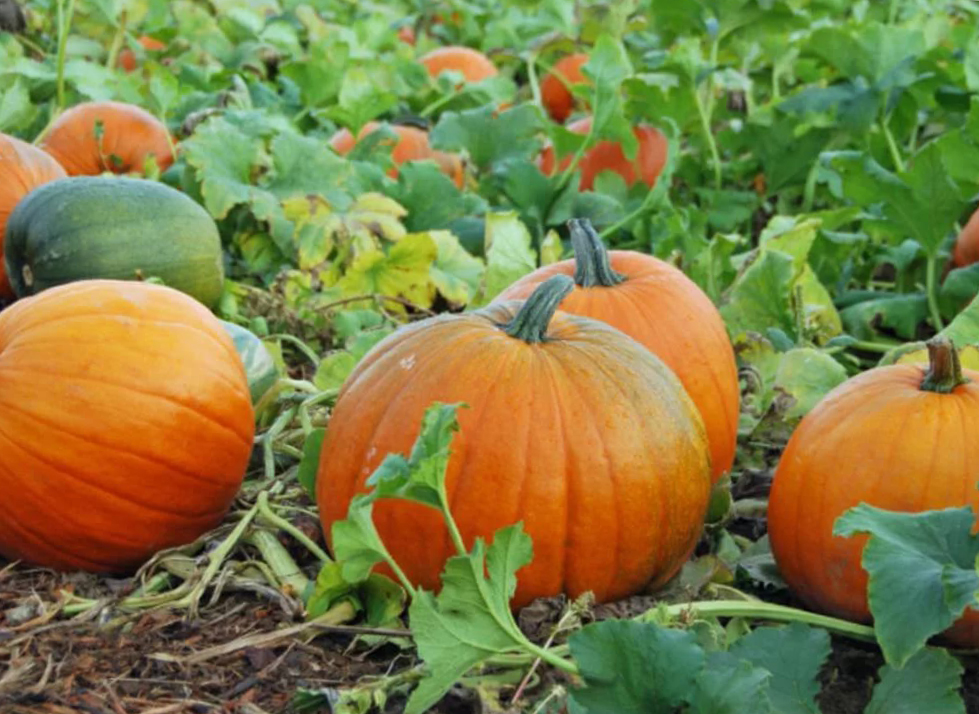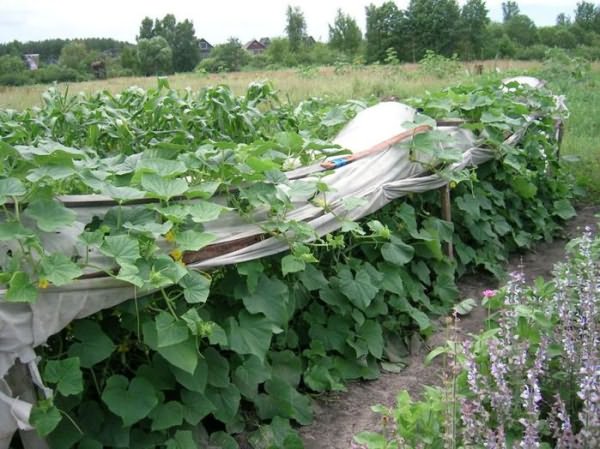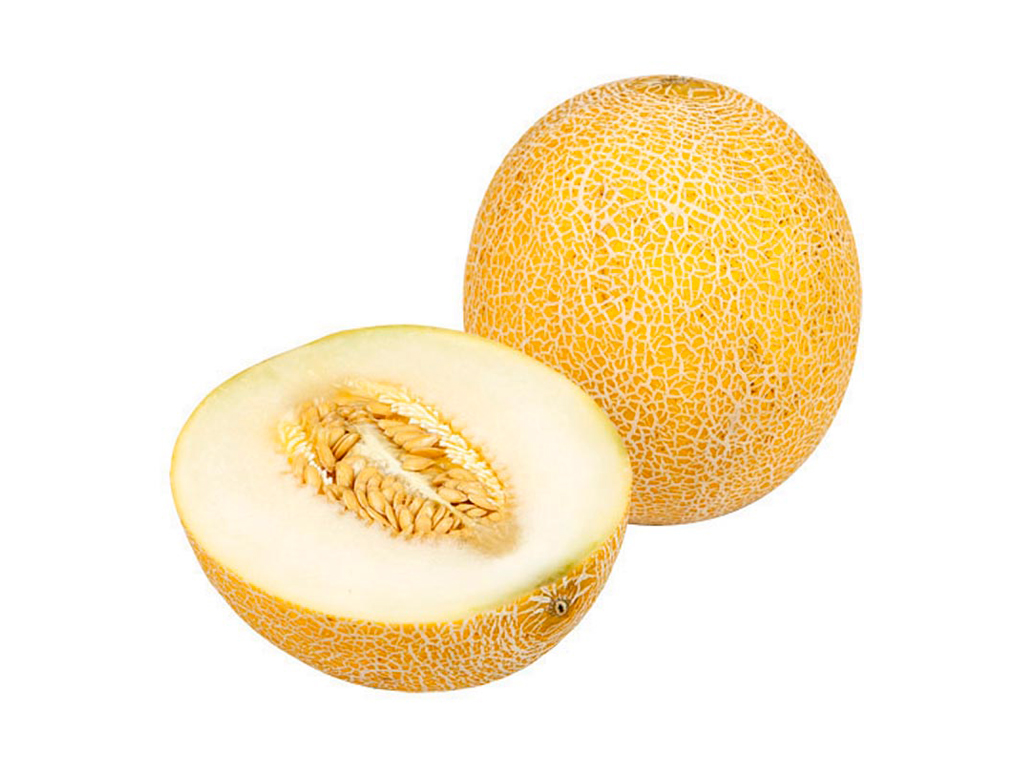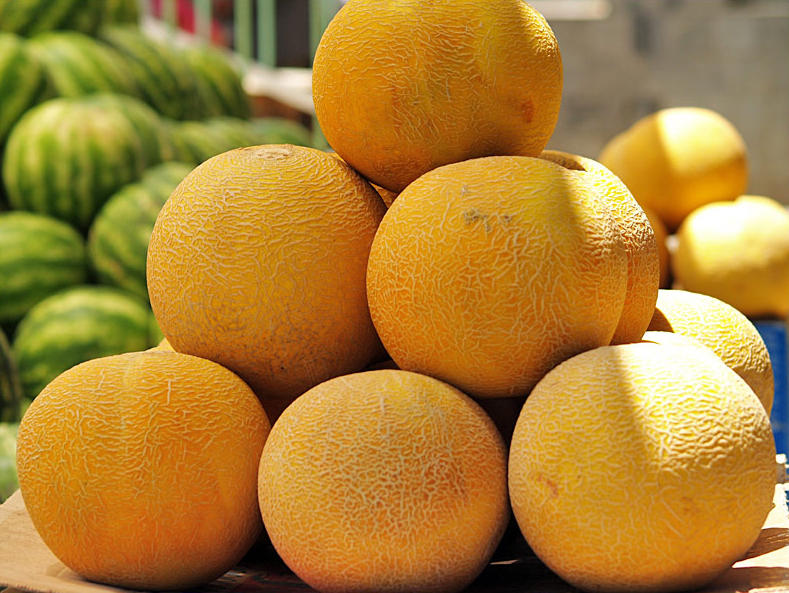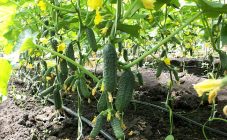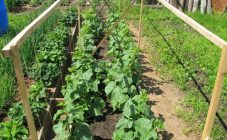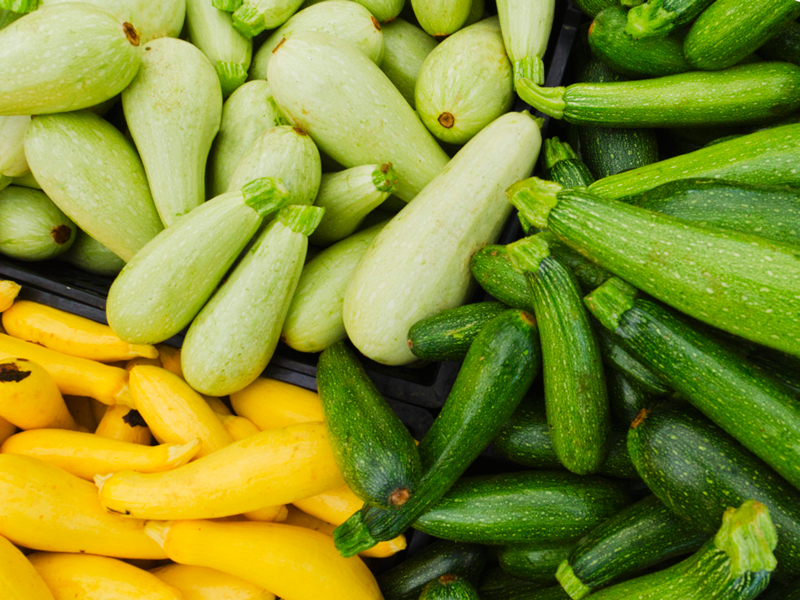Content:
Pumpkin is an unpretentious plant, but it can be difficult to grow really large and beautiful fruits. To get a good vegetable harvest, gardeners, in addition to the usual care (watering, fertilizing and weeding), use special techniques - pinching, shaping and pinching the pumpkin.
Rules for caring for pumpkin in the open field
Despite the fact that there are usually no special difficulties in growing this vegetable, the implementation of a few simple rules guarantees a good harvest - unless, of course, a weather and climatic anomaly occurs or acid rain falls on the gardening economy.
Seat selection
The pumpkin depletes the soil, so the planting site needs to be changed every year. Planting a vegetable again in the same place is possible only after a few years - at least after three years, although it is recommended to wait a period of five years. If there is no way to change the planting site, you can get by with a new layer of earth poured over the selected place for the beds. In addition, when choosing a site for planting, remember that the plant loves sunlight.
Landing
When planting, you can choose both seeds and ready-made seedlings, there are no significant differences between them. However, when planting, it is better not to use seeds from the harvest of previous years, since many of them may not germinate. Before planting, the seeds are left in water for a day, and after that they are kept warm and humid for several days (usually for this they are wrapped in damp gauze).
Fertilizer
It is advisable to fertilize the plant not once, but several times. You can do without fertilizers, especially if the soil at the planting site is fertile. Otherwise, it is better to use top dressing. Usually the vegetable is fed only two or three times per season - after the appearance of the first leaves, after the beginning of flowering and after the appearance of the first fruits, but if the formation of a pumpkin in the open field occurs in Siberia or the Urals, and not in the suburbs or in the south of Russia, then you need to fertilize it more often - about once every 2 or 2.5 weeks.
Care
The pumpkin can produce several main branches, which, in turn, can give additional branches with ovaries. To get good fruits, you need to keep an eye on the lashes - separate them, remove weak stems, pinch the pumpkin shoots in accordance with the selected growing scheme, sprinkle the lashes with earth so that the plant receives additional nutrition, and so on.
How to pinch a pumpkin outdoors
Pinching, like pinching, is cutting off a part of the stem. The difference is that during pinching, part of the stem is removed after an already formed fruit, providing it with the opportunity to grow further, and when pinching, the side lash is removed (cut or cut off) entirely so that the fruits on the main lash could grow and develop.
The features of the pinching are as follows:
- When cutting, the lashes retreat 4-5 leaves from the fruit.
- After pinching, the end of the stem is sprinkled with soil.
- It is not necessary to start pinching after the first fruit that appears - if the lashes are of the same length and this is inconvenient, you can wait until it germinates further and pinch after the next pumpkin appears.
You can grow a plant:
- in one stem;
- in two stems, one of which is considered lateral;
- in three stems - the main and two lateral.
Single-stem growing scheme: all lateral shoots are removed, only the main one remains, on which from 2 to 4 fruits are formed. After the formation of the last of them, it is necessary to count 4-5 sheets from it, cut off the stem in this place and sprinkle it with earth.
Two-stem cultivation scheme: in addition to the main shoot, the strongest of the side ones also remains, on which an additional fruit is tied. More than 2-3 pumpkins should not be formed on the main whip, otherwise they will not have enough substances necessary for growth. Both the side and the main lash are pinched after the fifth leaf from the fetus.
Three-stem growing scheme: two additional branches remain, while the maximum number of ovaries on each of the stems should not exceed two.
In the process of pumpkin formation, pinching plays an important role.
How to pinch a pumpkin correctly
So, pinching is the removal of the lateral stems of a plant. The main purpose of this process is to distribute the nutrients received by the vegetable between the fruits. If the soil is fertile and the vegetable receives top dressing on time, the strongest side lashes are left, if, on the contrary, the earth is weakened, it is better to grow a small pumpkin in one trunk, and cut off the side ones.
The pinching process is not difficult, but it requires regular repetition. New side lashes must be cut off as soon as they are discovered so that they do not pull off the flow of nutrients. Also, in the place of cutting, the lash must be sprinkled with earth.
The effect of pinching on future crops
Having figured out exactly how to pinch a pumpkin, it is worth talking about why it is needed.
The main task of pinching is to limit the number of ovaries and fruits. The more flowers and pumpkins appear on the plant, the less each of them gets nutrients, and the worse the harvest will be.
To avoid such a situation, most of the resulting ovaries and stepson's lashes are removed.
The number of fruits on the whole plant rarely exceeds 6 units, usually when growing, they stop at 4-5 fruits per bush - 2-3 pumpkins develop on the main lash, and the rest are placed on the most developed additional lashes.
Tips and tricks for gardeners
Having decided on how to shape the pumpkin and with the initial care for it, you should pay attention to some of the features of its planting that were not mentioned earlier.
With regular farming, each gardener has his own secrets of how to grow and shape a pumpkin.
It is helpful to remember the following:
- Pumpkin is divided into climbing and bushy, but pinching and pinching is necessary in any case.
- It is necessary to plant a vegetable in a well-heated ground, after all frosts, regardless of whether it was seeds or grown seedlings.
- When planting, the beds prepared for sowing are watered with plenty of warm water (at least two liters per well).
- A couple of weeks before harvesting, it is better to cut off the leaves on the plant - then it will ripen even if summer ends early in the region.
- It is better to pinch the plant and remove excess lashes in the early morning so that the plant has time to recover.
- When choosing a fertilizer for growing and forming pumpkin in the open field, both natural and specialized means are used.
As fertilizer, you can use both organic and mineral substances, alternating or mixing them. Used as organic fertilizer:
- Wood ash. It is put just before planting right in the holes in a small amount.
- Manure diluted with water in a ratio of 1:10 or bird droppings (1:20 liters), as well as dry droppings.
- Herbal infusion. Any weed will do, but it is best to use nettles as a base. It is prepared in a ratio of 1.5: 1 and left to infuse for several days (approximately a week), after which the infusion is diluted with water in a ratio of 1 liter of infusion to 10 liters of warm water and the plant is watered at the root. One bush will take about half a liter of infusion.
- potassium sulfate (proportion 1: 5);
- azophoska;
- specialized products such as "AVA", "Aquarin", "Solution" and so on.
Even considering that pumpkin is not a capricious plant, it still requires some effort on the part of the gardener. At the same time, it is possible to do without fertilization if the soil on the site is fertile, but it is difficult to grow a pumpkin without removing excess stems and leaves. Pinching and pinching are not difficult processes to carry out, but thanks to them, the likelihood of a good harvest increases significantly.
